#field vole
Explore tagged Tumblr posts
Text

Short-tailed field vole/åkersork. Värmland, Sweden (April 18, 2017).
202 notes
·
View notes
Text








Hand shadow instructions/Varjoteatteriohjeet
#drawing#cartoon#cartoonstyle#sarjakuu#rodent#mouse#raichu#alolan raichu#field vole#beaver#squirrel#drawing challenge#october drawing challenge#sarjakuu2024
1 note
·
View note
Text

Okay but who mistreated the voles i just want to talk.
#just rescued a vole from getting tortured to death by our field cat#you live another day buddy i hope you have a vole friend to console you
25 notes
·
View notes
Text

im losing my mind over the photo they chose for short-tailed field vole on wikipedia
7 notes
·
View notes
Text

La Vie des Animaux Illustrée. Written by Alfred Brehm. Illustration by Robert Kretschmer. 1869 French edition.
Internet Archive
69 notes
·
View notes
Text
ok ye . ava walks around and looks for owl pellets n stuff. p good because she can walk up the hillside or down to the water and theres all these rocky outcroppings that owls and birds of prey have dropped bones on. also she likes walking to th main road (its not vry busy) and looking if theres anything lying around there also because the eagles and crows n stuff hang around there wanting to eat any roadkill that ends up there. she makes noises to the birds and talks to them (asks: is that flat rabbit tasty?) things like that
#kiddo say#i hav field vole mandibles from up top of some moorland that i guess a bird of prey left there.#safe in a little box for now bc its v small idk what to do with them#and dried out wasp nest bit or something#just thinking also abt ava n how she needs rly lot of support and gets it from their small community in ways ;w; thats nice
23 notes
·
View notes
Photo
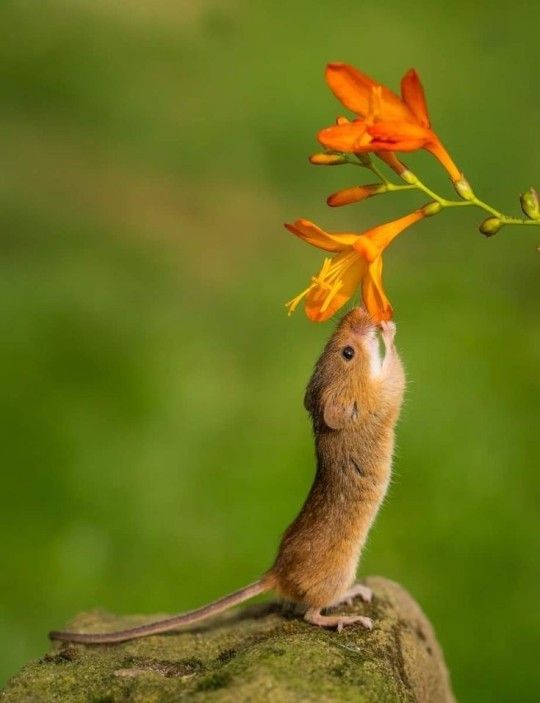
FROM : aquablogsposts
#aquablogsposts#voles#field mouses#wild animals#wildlife#animals & wild animals#photos#flowers#trees & flowers & forests
15 notes
·
View notes
Note
would you want expecto patronum to be added in the game? also whats your/ your mc’s patronus if you dont mind me asking!
Hey anon, thanks for the message!
Not sure tbh , apart from not really being relevant to the narrative I'm not too sure what they would be gameplay wise? I can think of a loooot of questions - Would they be a normal damage spell that only effects certain enemies? A sort of summon like the plants? A sort of ward? An aggro ability/ something that distracts enemies? etc - imo I think a summon sort of ability with it's own skills tree might be pretty cool for a future game , maybe the type of animal would determine it's function? 🤔
Mine's a heron and Tristan's patronus is a sparrow hawk - Here's a lil fan written excerpt from hogwartsishere.com that I quite like;
A sparrow hawk patronus can represent an owner who values leadership, but knows that time to step in. As well as that, it can represent a witch or wizard with great observation skills, who is able to step out to see all sides of the story. You are very logical and focus on seeing every opinion to make sure yours is correct. Sparrow hawks represent focus and determination. They remind us to understand the past, the present, and the future, and to not be so caught up in minor inconveniences. Above all, the sparrow hawk represents alertness, as they are known as warning totems that let others know when to avoid a situation.

#take whatever I say w/ a pinch of salt I haven't finished the game yet asdfghj#I love the smaller hawks they're so cool - love watching them out in the fields#a sparrowhawk dropped a vole on me once though lmao#inbox#oc:tristan sterling
10 notes
·
View notes
Text
Sometimes I don't think raw-feeders consider some of the stuff they advocate for is no longer legal in this day and age:
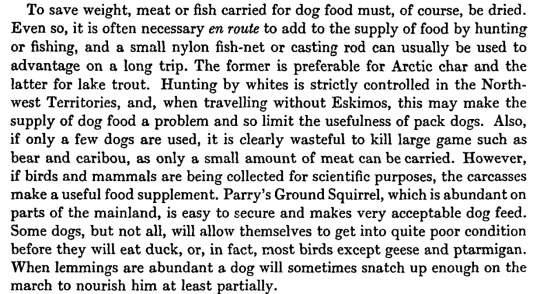
— MacPherson, A. H., and T. H. Manning. "Pack dogs in the Canadian Arctic" [paywalled]. Polar Record 10, no. 68 (1961): 512.
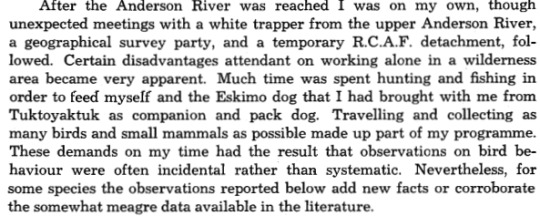
— Hohn, E. O. "Observations on the behaviour of certain arctic birds" [PDF, 593 kb]. Arctic 11, no. 2 (1958): 93. Retrieved September 17, 2023. Archived from the original on May 29, 2019 via Wayback Machine.
#researching pack-dogs#annoys me raw feeders don't consider the unsafe workplace conditions of slaughterhouses#which is why veterinarians caution against raw#if you really want to go raw authentically#you would feed wild meat or but that's illegal in most part of North America because of wildlife conservation#besides most anthropological and ethnographical observations talk about birds and rodents such as marmots voles field mice etc#sorry for going off-topic
1 note
·
View note
Text

Meadow vole
#animals#wildlife photography#photographers on tumblr#original photographers#wildlife#vole#field mouse
1 note
·
View note
Text


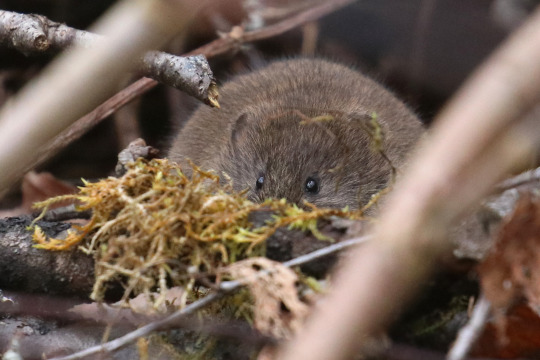


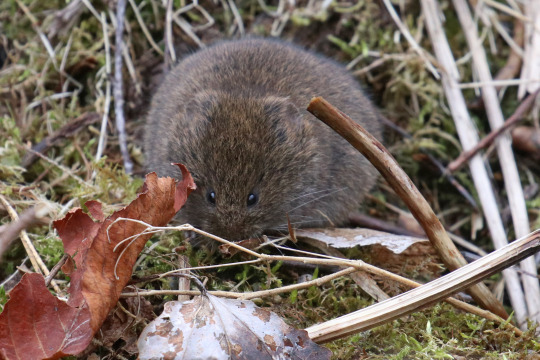
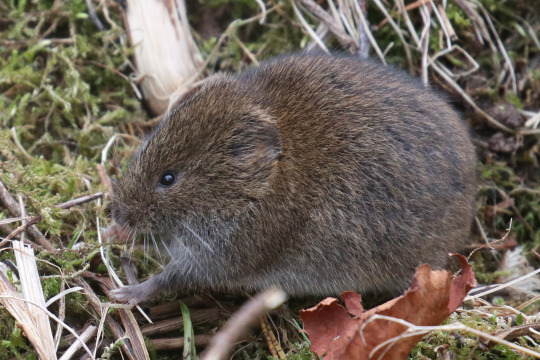
Impossibly round Short-tailed field vole/åkersork. Värmland, Sweden (April 19, 2024).
671 notes
·
View notes
Text









#drawing#cartoon#cartoonstyle#sarjakuu#sarjakuu2024#drawing challenge#october drawing challenge#rodent#mouse#striped field mouse#lemming#rat#guinea pig#chipmunk#naked mole rat#water vole
4 notes
·
View notes
Text
Great gray owl hunts for voles in a field in Alberta, Canada...
653 notes
·
View notes
Text
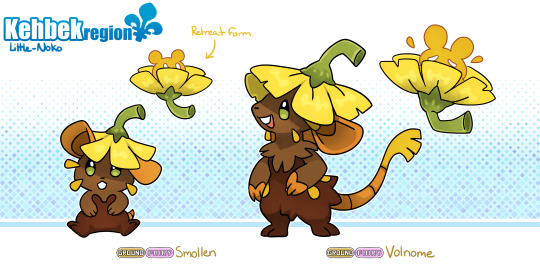
I needed one more route 01 fakemon for this region, and I remembered a species very common were I live, vole or more commonly called field mouses. They are extremely small and loves to borrow in our garden so I had the idea of making a little pollen spreading mouse sprite that retreat into it's flower whenever it feels treatened.
#023 Smollen | Ground/Fairy Type The Pollen Mouse Pokemon
Smollen are extremely small, they pick flowers that serves them as hat to shield them from the sun. While many sees them as pests that invade garden, their fuzzy body collect pollens that help propagate plants of many kind, they are very good pollinator. #024 Volenome | Ground/Fairy Type The Garden Mouse Pokemon
When a volenome picks a garden it is a sign of good luck as they take care of it through their entire life span. They make sure their garden is in good health and protect them from pokemon that tries to either eat it or destroy it. Their pollen spore effect varies from extreme itchiness to drowsiness.
Art & Kehbek region© @little-noko
197 notes
·
View notes
Text

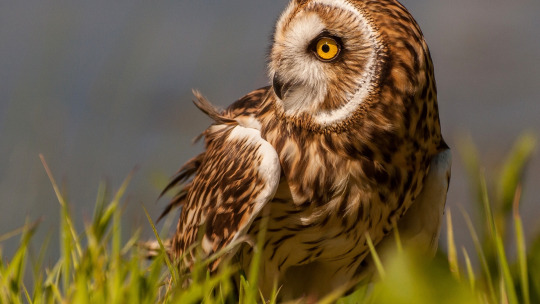
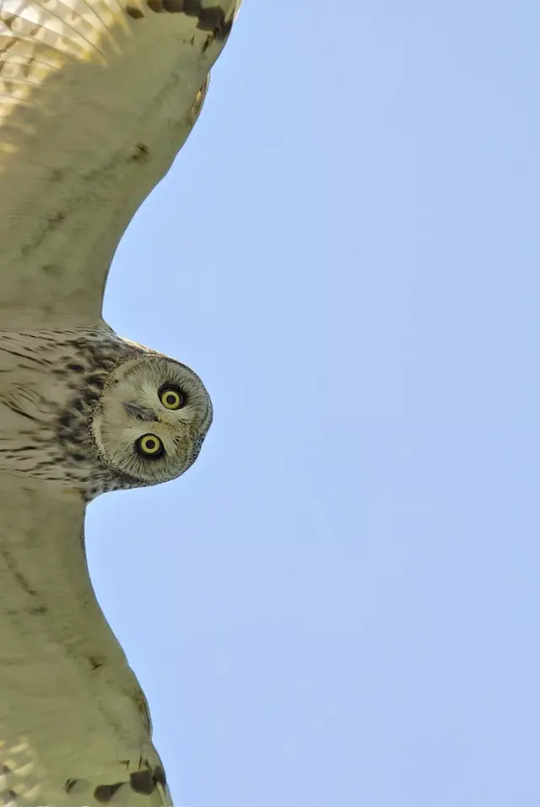
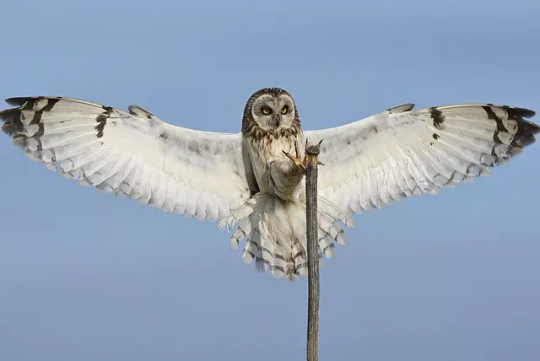
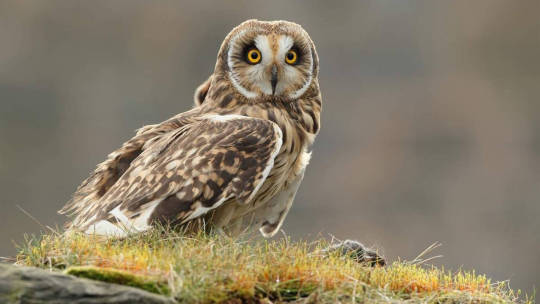
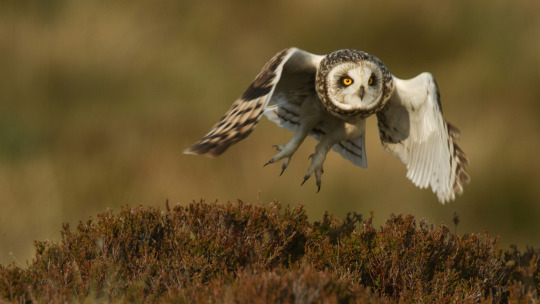

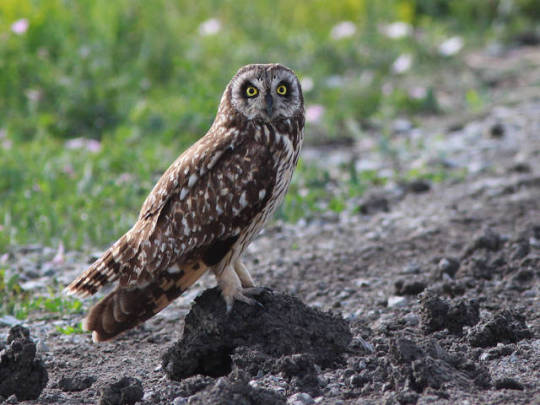
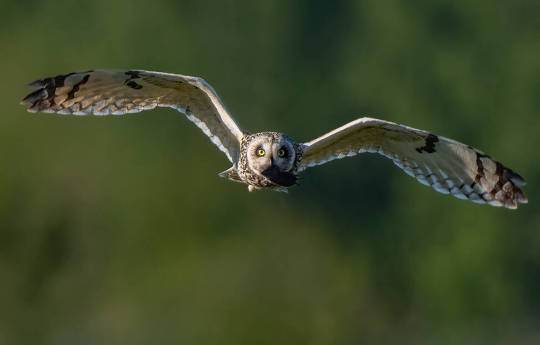
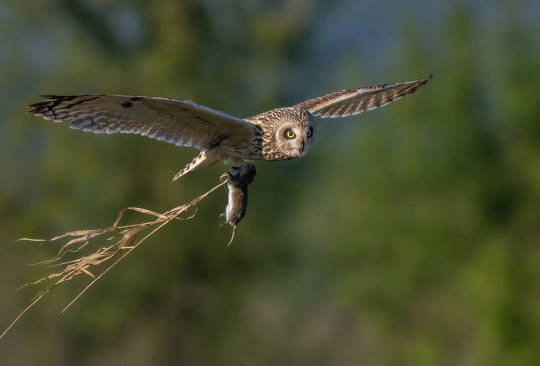
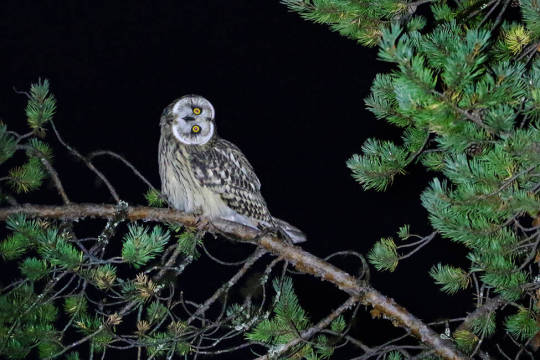
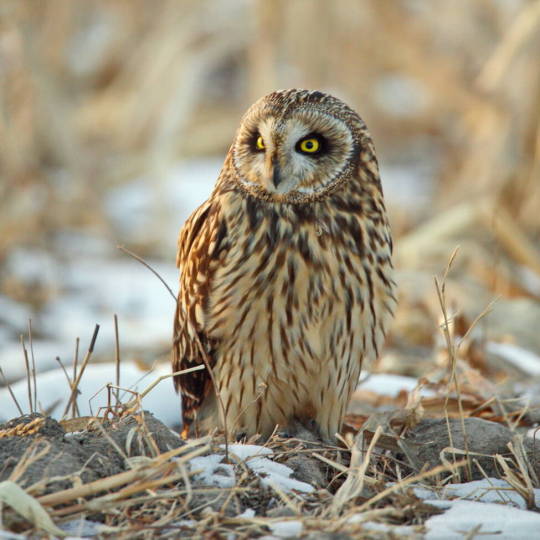
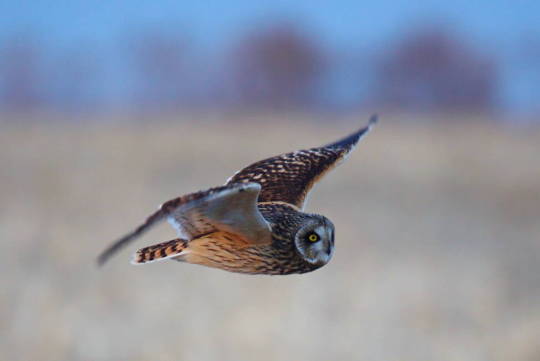
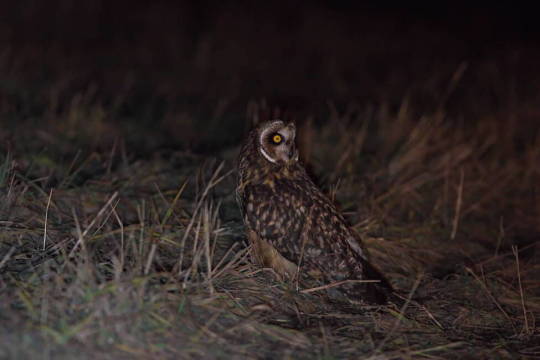
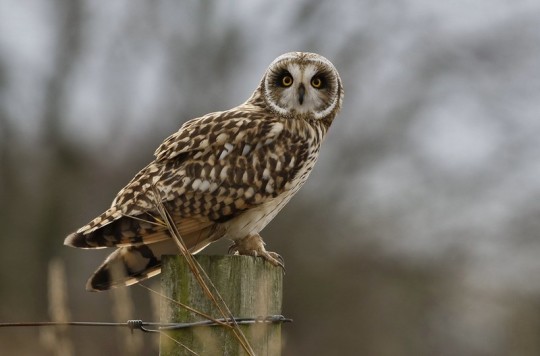
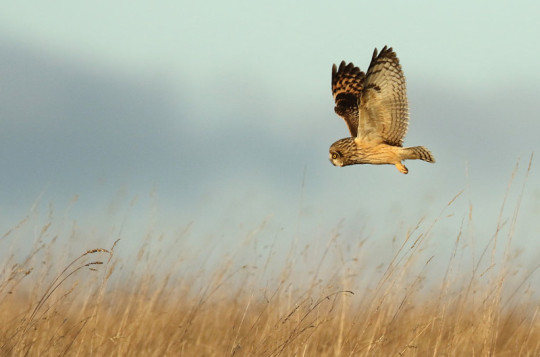
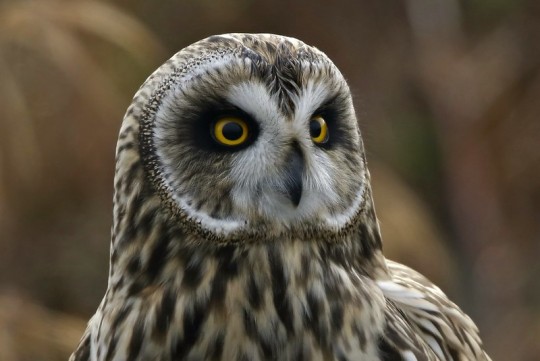

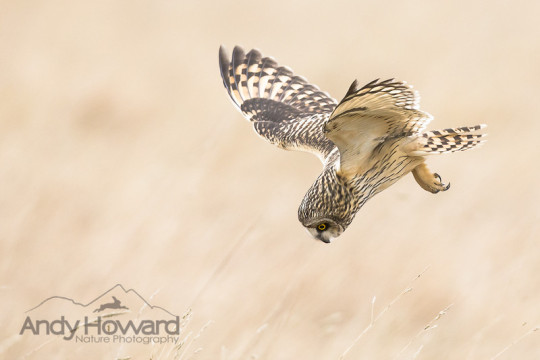
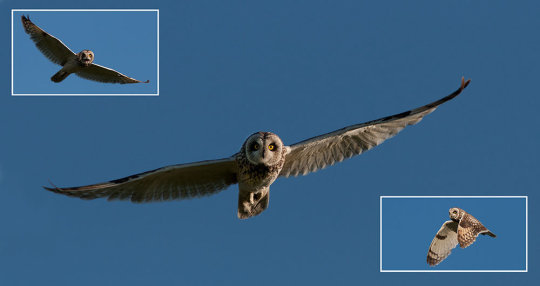
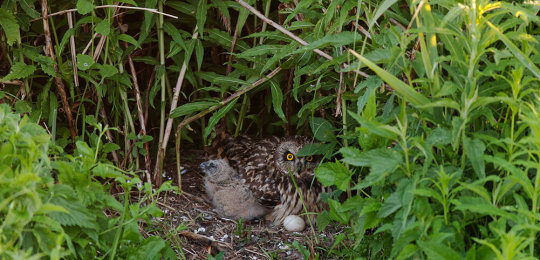
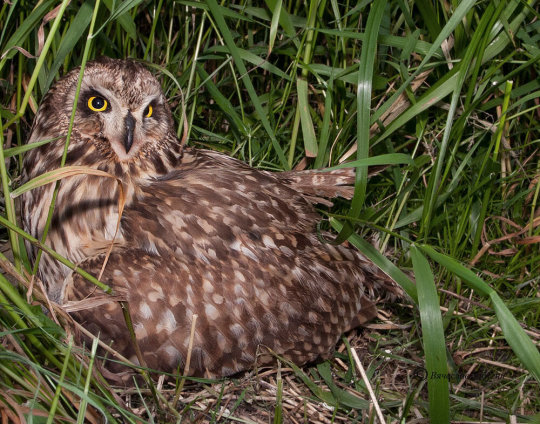
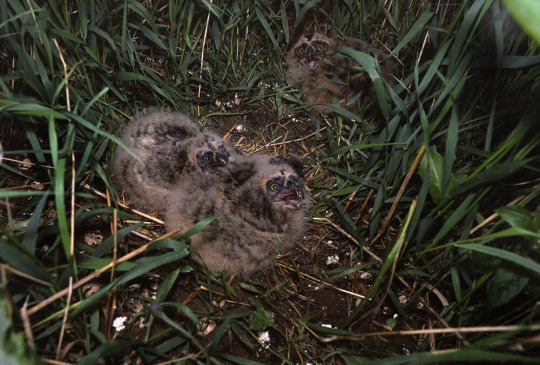
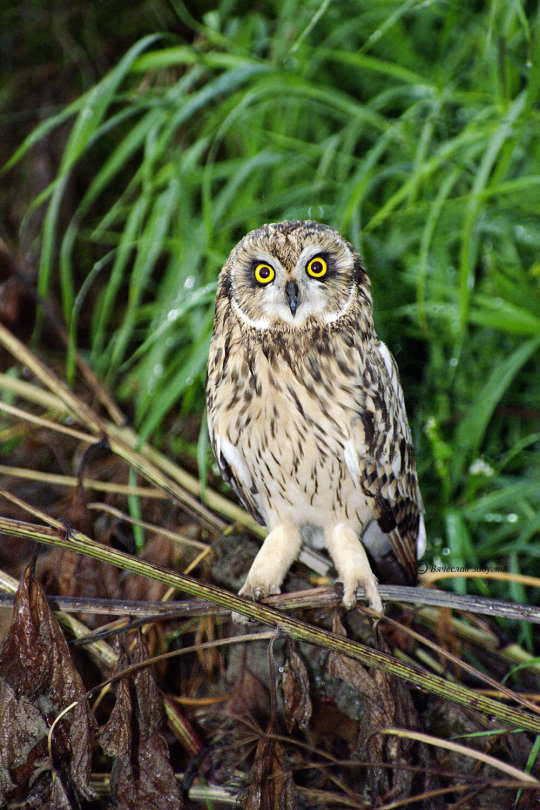

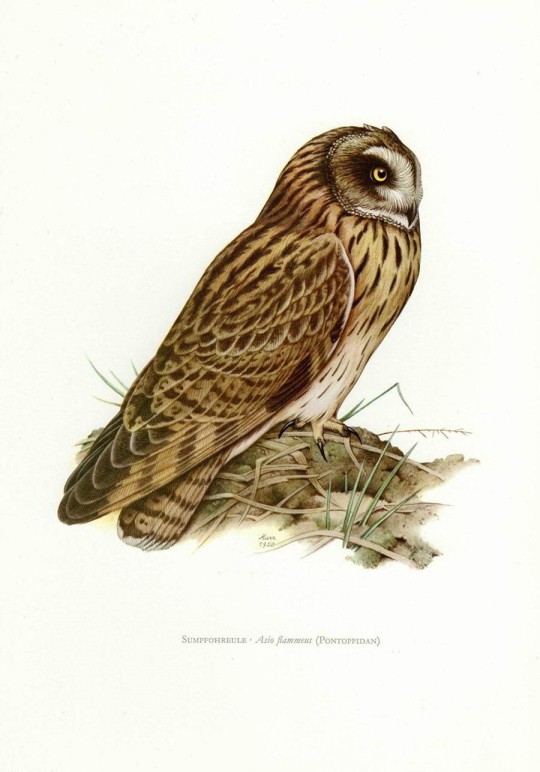
Болотная сова (Asio flammeus) – среднего размера сова: длина ее тела колеблется от 34 до 42 см, вес самцов - 0,23-0,39 кг, самок - 0,24-0,43 кг. Крылья у нее длинные, ноги украшены пучками из перьев, на голове расположены маленькие вертикально стоящие "ушки" из перьев.
Болотная сова распространена очень широко, она обитает на всех континентах, кроме Австралии и Антарктики и населяет соленоводные болота, прибрежные равнины, хвойные леса, тундру, трясины, поля, прерии, высокотравные степи (часто с солончаками), луга (в поймах рек и озер), гористые местности и субальпийские луга, сельскохозяйственные угодья и парковые насаждения. Во всех местах обитания болотная сова придерживается открытых пространств.
Большую часть рациона этой птицы составляют мелкие грызуны (мыши, полёвки, лемминги, крысы, хомяки и ондатры), кролики, землеройки, летучие мыши, птицы (кулики, крачки, мелкие чайки, жаворонки и дрозды), насекомые (кузнечики, жуки, гусеницы) и иногда рыба.
Охотится болотная сова в любое время суток, низко паря над открытым пространством. На добычу она обычно нападает с полета или из засады и несёт ее в когтях. Болотные совы – моногамы и образуют постоянные пары. Самец привлекает самку на свой участок красивыми пируэтами в воздухе. Иногда в брачных полетах участвуют обе птицы: они гоняются друг за другом, сцепляются когтями или в шутку борются. Гнездом обычно служит расчищенная самкой ямка диаметром до 40 см на вершине плоской кочки среди густой травы или тростника. В кладке 4–7 яиц, которые насиживает самка.
Swamp Owl (Asio flammeus) – medium-sized owl: its body length ranges from 34 to 42 cm, the weight of males is 0.23-0.39 kg, females - 0.24-0.43 kg. Her wings are long, her legs are decorated with tufts of feathers, and small vertically standing "ears" of feathers are located on her head.
The is very widespread, it lives on all continents except Australia and Antarctica and inhabits saltwater swamps, coastal plains, coniferous forests, tundra, bogs, fields, prairies, tall grass steppes (often with salt marshes), meadows (in floodplains of rivers and lakes), mountainous areas and subalpine meadows, agricultural lands and parkland. In all habitats, the swamp owl adheres to open spaces.
Most of the diet of this bird consists of small rodents (mice, voles, lemmings, rats, hamsters and muskrats), rabbits, shrews, bats, birds (sandpipers, terns, small gulls, larks and thrushes), insects (grasshoppers, beetles, caterpillars) and sometimes fish.
The swamp owl hunts at any time of the day, hovering low over an open space. It usually attacks prey from flight or from ambush and carries it in its claws. Swamp owls are monogamous and form permanent pairs. The male attracts the female to his site with beautiful pirouettes in the air. Sometimes both birds participate in mating flights: they chase each other, lock claws or jokingly fight. The nest is usually a hole cleared by a female with a diameter of up to 40 cm on top of a flat hummock among dense grass or reeds. There are 4-7 eggs in the clutch, which are incubated by the female.
Источник://www.ebirds.ru/vid/225.htm,/bigenc.ru/c/bolotnaia-sova-bb9577,/zoogalaktika.ru/photos/aves/strigiformes/asio-flammeus, //www.mos.ru/news/item/86280073/,://ecology.polotsk.museum.by/node/42982,/russia.birding.day/v2taxon.php?s=423&l=ru.
#nature#nature aesthetic#bird photography#birds video#owl#swamp owl#asio flammeus#night photos#birds art#природа#фотографии птиц#видео птиц#сова#болотная сова#природнаякрасота#ночные фото#птицы арт
207 notes
·
View notes
Text
There's this website I like using with my students sometimes that has a bunch of simple lil virtual models on it to teach various aspects of ecology, like this one that shows how two species of bacteria compete in a petri dish to illustrate niches, and this one that shows both how to estimate field vole populations using mark-recapture but also how their trap preferences affect the results, and this much fancier one showing how barnacles are affected by sea level rise. They are simple and fun and pedagogically useful. I like them.
I also want to make one of my own to teach climate proxies; sediment cores using foraminifera and their temperature-induced spiralling shells, for example, or pollen or beetle casings or what have you. Tree rings. Ice cores. Shit like that. So, the student would have an image of a layered sediment core, the model would generate random-but-within-parameters numbers of clockwise or anti-clockwise spiral foraminifera, in each layer, boom. Past climate record generated.
THE PROBLEM: I am a fucking moron when it comes to coding. I have tried so many times. It just absolutely resists my ability to understand. It's my Achilles heel. I'm an imbecile. A cretin. A joke.
THE POSSIBLE SOLUTION: my friend Dan who knows how to code.
THE NEW PROBLEM: there has been an XKCD-style assumption about baseline knowledge

#THE NEW SOLUTION: we are meeting up in person on saturday so he can hold my hand and probably ultimately do it for me out of disgust#the professional world of careers and tasks
345 notes
·
View notes